Standlee Premium Western Forage Premium Smart Beet Pellets Horse Feed, 40 lb.
Standlee Premium Products Smart Beet Pellets are beet pulp pellets for horses and livestock. Beep pulp is a high calorie, low protein, low sugar, fiber source great for horse feed and goat feed regimens. Smart Beet Pellets are non-perishable and easy to store and measure. Available in 40 lb. bags.
Standlee Premium Products Smart Beet Pellets are beet pulp pellets for horses and livestock. Beep pulp is a high calorie, low protein, low sugar, fiber source great for horse feed and goat feed regimens. Smart Beet Pellets are non-perishable and easy to store and measure. Available in 40 lb. bags.
- High Calorie – Ideal for building or maintaining ideal body condition in your horse
- No added sugar – for horse owners looking to provide high-quality nutrition without added sugars
- High Digestable Fiber – promotes better feed utilization and overall nutrient absorption, ensuring that your horse receives the maximum benefit from their feed
- Soak for Hydration -Increased hydration helps support optimal digestive function in horses, reducing the risk of digestive disorders such as impaction or colic
- Efficient Storage – convenient for horse owners with limited storage capacity
- “Made in USA – Made in Idaho with care with the highest-quality forage in the USA
Additional information
| Horse Life Stage | Adult |
|---|---|
| Packaged Height | 24 in. |
| Packaged Length | 5 in. |
| Packaged Weight | 40 lb. |
| Packaged Width | 16 in. |
| Product Height | 5 in. |
| Product Length | 24 in |
| Product Weight | 40 lb. |
| Product Width | 16 in. |
| Warranty | 30 day guarantee |
| Manufacturer Part Number | 1700-30101-0-0 |


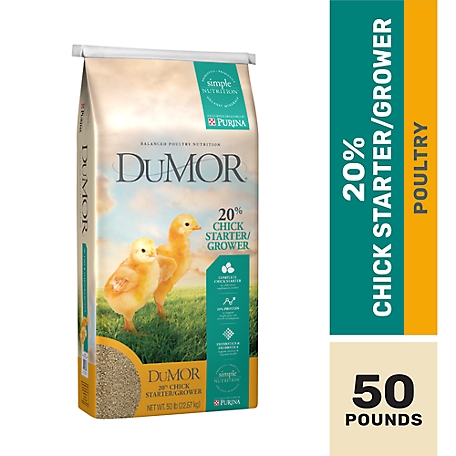

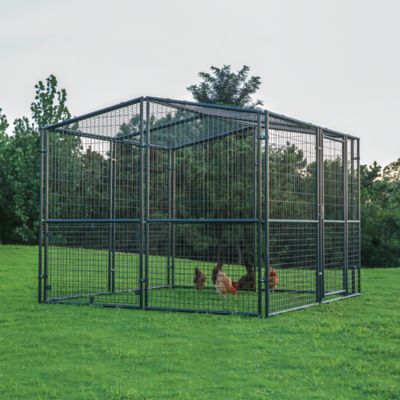

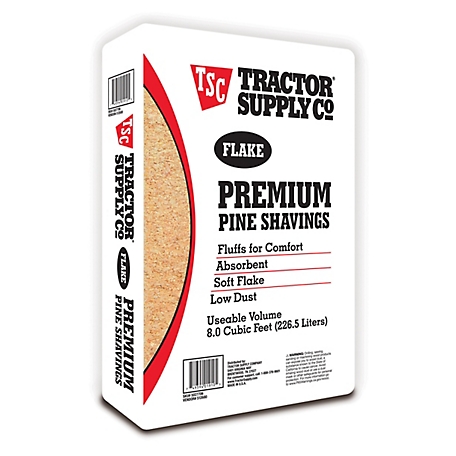
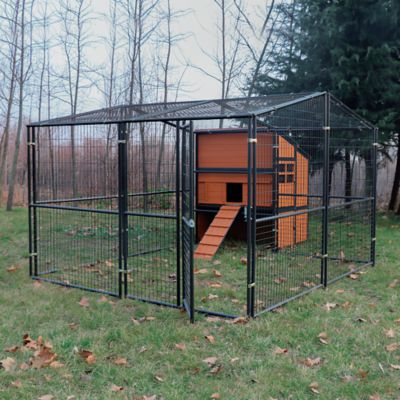
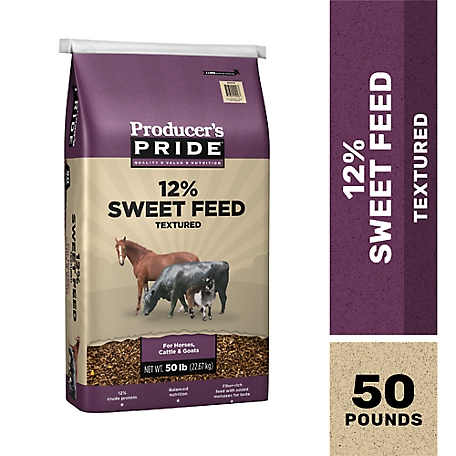

by Kristen
I have been using these pellets for about 2 years now, and my horses love them. We soak them overnight to soften them up, and they love it. A bag usually lasts 3-4 weeks in my barn for 2 horses, feeding twice a day. Definitely keeps the weight on!
by Hudson
I care for 5 horses in Spicewood, Texas. The weather has been getting up to 105 everyday. Everyday I soak 2 buckets of Stanlee Pelleted Beet Pulp along with Timothy Alfalfa cubes and then I add more water when iI put it in their individual buckets with a couple of handfuls of feed and a scoop of electrolytes. They get this morning and evening! My horses (even the 28 year olds) are thriving!
by Emma
Add to goat grain mix.
by Pony
My old pony is not able to eat grass any more. My vet told me to supplement him with a pelleted T & A. I have had him on this for over a year and he is doing wonderfully.